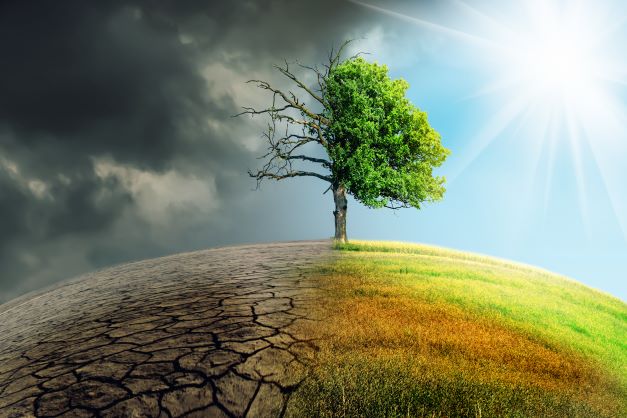
California State University, Northridge (CSUN) has announced that Natale Zappia, director of CSUN’s Institute for Sustainability, is part of an international effort studying Indigenous experiences to find clues for surviving climate change.
According to CSUN, Zappia, who teaches in the College of Social and Behavioral Sciences, is part of a team of historical researchers who have received a $1.43 million grant from the Swedish Government Research Council to compare the experiences in Native North America and Nordic Sápmi. It is an effort understand how Indigenous societies survived when faced with devastating challenges caused by the twin forces of colonialism and environmental change.
The project focuses on three themes — bordered spaces and remembered land, colonial education and traditional knowledge, and mapping native spaces and lifeways — which identify historical processes in North America and the Nordic region when subsistence and livelihood irrevocably changed for Indigenous communities.
The project is hosted by Linnaeus University Centre for Concurrences in Colonial and Postcolonial Studies in Sweden. In addition to Zappia, the project’s researchers include Gunlög Fur, deputy vice chancellor for sustainability at Linnaeus University; Sámi artist Pirak Sikku; Sami Lakomäki, an associate professor of ethnohistory at Oulu University in Finland; history research fellow Janne Lahti with Helsinki University in Finland; and researcher Lindsay Doran with University of Eastern Finland.
The researchers will work closely with Indigenous communities in Scandinavia — in particular the Sámi community, the people native to the Nordic region of the globe, including Norway, Sweden, Finland and part of Russia — and Southern California, including members of the Chumash, Tataviam, and Kizh-Gabrieleño communities.
“Members of these communities will be true partners as we move forward with our research,” Zappia said. “They will be in the center of the dialogue. We hope to provide several opportunities for these communities to talk, both in person and online, so they, and we, can learn about their experiences and the lessons from those experiences that have helped their communities move forward.”
Zappia said the researchers hope these conversations will shed light on Indigenous survivance — a term coined by Anishinaabe novelist Gerald Vizenor to describe the active agency involved in survival — and inspire dialogue among policy makers on how to face the unthinkable consequences of global climate change and biodiversity loss.
“Colonial maps replaced Indigenous placenames and hid complex histories of land use under blank spaces indicating uninhabited territory,” said Zappia, whose work will be focusing on mapping. This theme will compare three sites during different time periods to understand how competing cartographic cultures recorded, facilitated, resisted and engaged the environmental changes wrought by colonialism.
As part of this effort, Zappia will also be working with members of the Chumash, Tataviam, and Kizh-Gabrieleño communities to remap Indigenous traditional ecological knowledge in Los Angeles, one of the most densely urbanized regions of the United States.
“So much of this project will be exploratory, which is probably why historians don’t usually get grants of this size,” Zappia said, with a laugh. “We aren’t exactly sure what the outcome is going to be. But then, these communities, that have so much to teach us, really have never had an opportunity to talk about shared and unique experiences.”
The U.S. Army Corps of Engineers has been tasked with…
Brown and Caldwell, a leading environmental engineering and construction firm,…
Humboldt State University, one of four campuses within the California…